The island has had zero landfill since 2011, a model copied from northern European countries that avoids the existence of landfills – This is how recycling flows work on the island
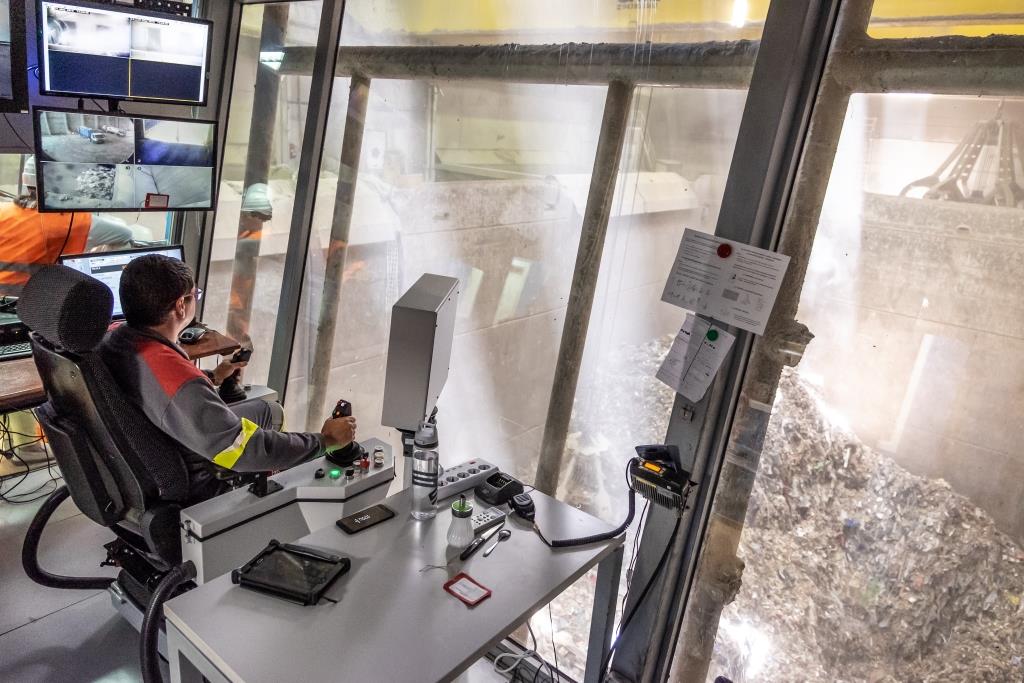
Photos: Tirme.
The effort made by citizens to put their rubbish in the right bin is key to ensuring that waste can be recycled. In Mallorca, the model works. The amount of waste generated on the island is growing every year, but the amount of waste that is recycled is also increasing. All this without the existence of landfills since 2011. What cannot be sent to recyclers goes through the “energy recovery” plant, a euphemism in the sector for incineration. “From the Pyrenees upwards there are zero landfills and those who recycle the most are those who incinerate the most,” says Joan Mateu Barceló, head of communications at Tirme. This is not the case in neighbouring Menorca and Ibiza, nor in the southern half of the peninsula.
Does it all get mixed up in the end? The answer is easy, says Joan Mateu Barceló: “To dismantle this myth, we let people come and physically see the waste circuit after the citizen has made the effort to separate it”. Web portals such as dondelotiro.com help when it comes to choosing a container by entering the waste and the address.
Waste flows
Waste discharge

Waste discharge: What is not separated at home – the grey bin – goes in. “Unfortunately, not everything can be recycled. Nevertheless, waste incineration at Tirme generates energy that in 2021 was equivalent to supplying 88,000 homes, in addition to the consumption of the plant itself.
- Yes: Everything that cannot go to selective is discarded, including waste generated in the toilet. Once incinerated, the slag is used to recover materials, especially metals. “You can’t imagine what we can find: tons of taps, which is brass and has a market price that we then sell. Spoons, forks, sets of keys, coins, pétanque balls… It’s incredible.”
- No: Very large objects. Examples that have been seen are a jet ski, an electric boiler… “It can generate obstructions and they have another circuit: either the green zones or the removal by the installers, who are obliged to do so”.
Paper and cardboard
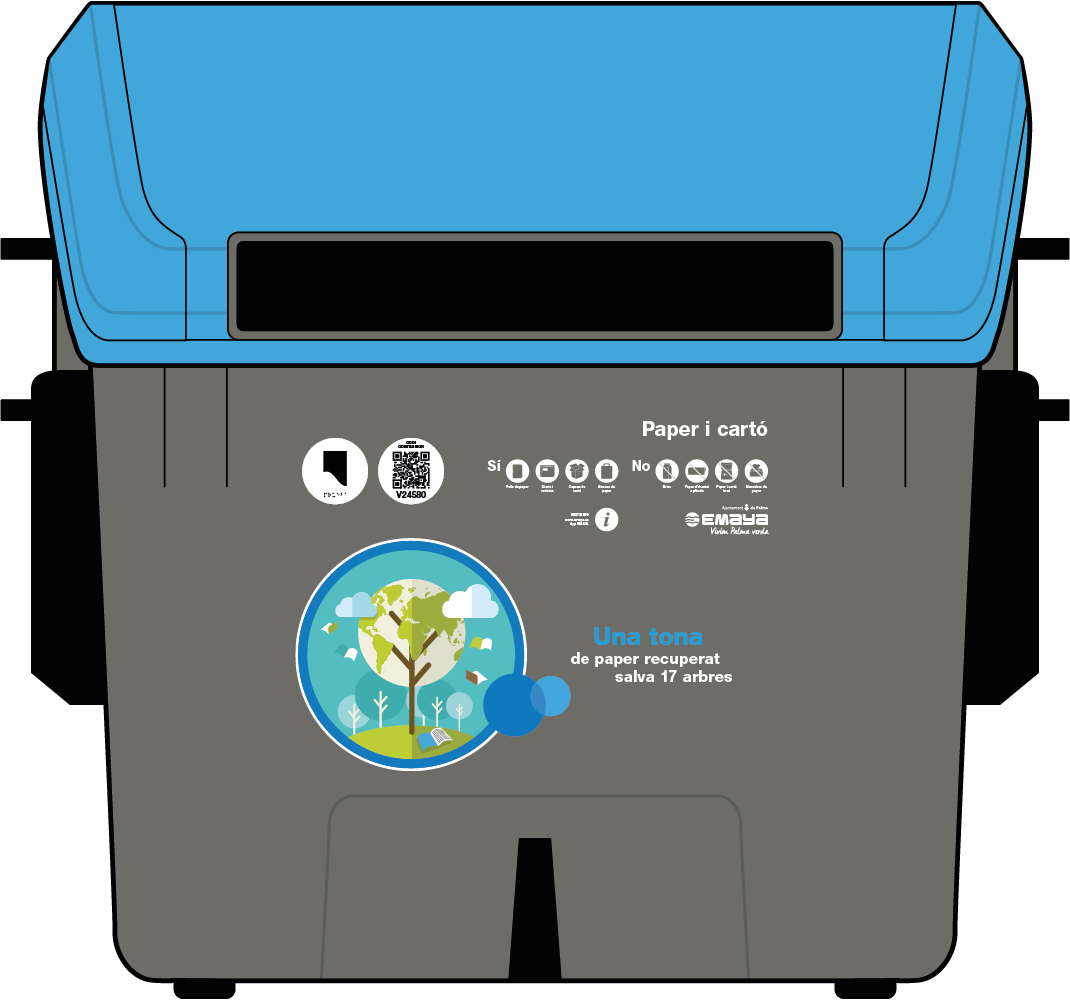
“The percentage of improper waste is very low”. At Tirme they receive it, compact it and send it to the recycler.
- Yes: Books, boxes, publications, shopping receipts… Everything that is cellulose.
- No: Pizza boxes or boxes with food, kitchen paper… “It would be discharge waste, because the grease prevents the paper from being recycled”.
Glass

“It is a 100% recyclable material and infinitely recyclable. It can be melted down and made into bottles again,” they explain.
- Yes: jars and bottles.
- No: Flat glass, “because it is crystal” -mirrors, windows…-. Nor light bulbs, cups…
Packaging
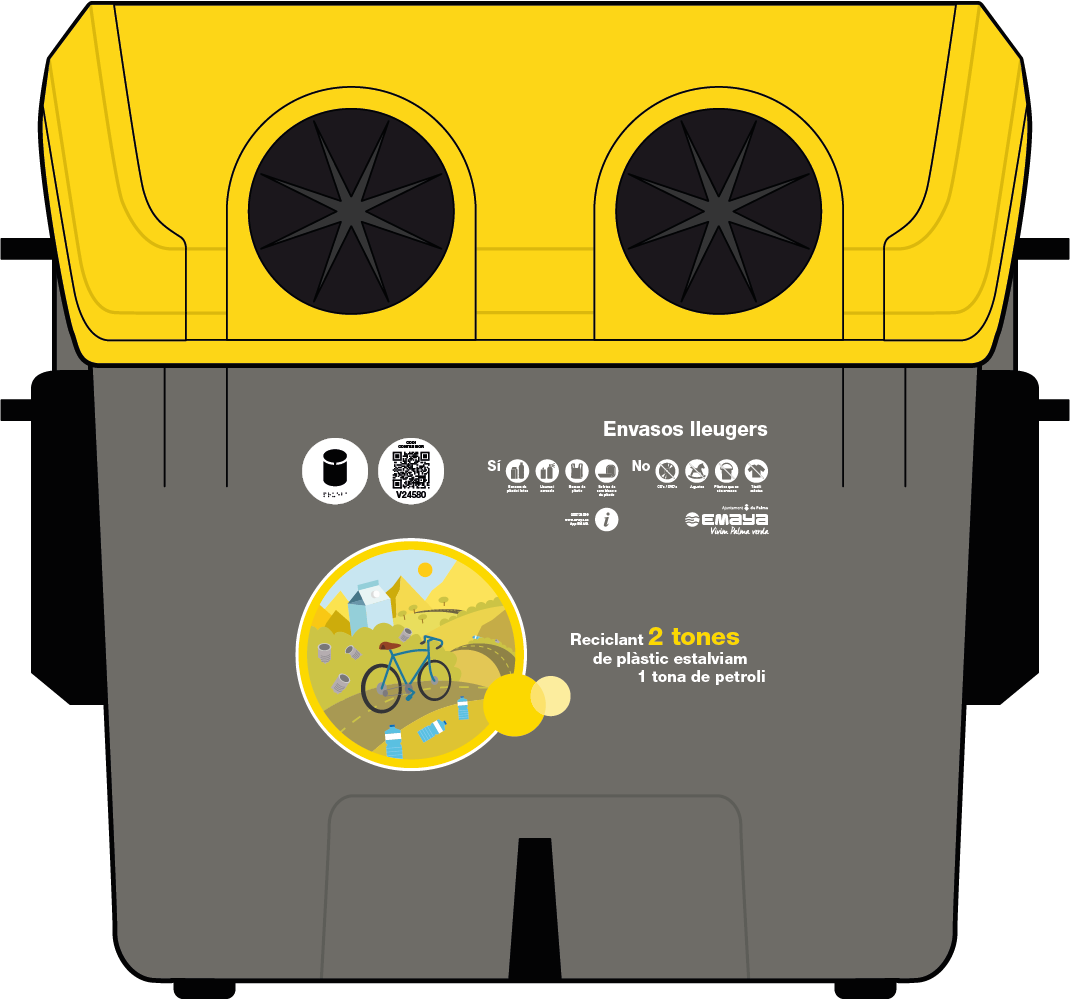
The yellow bin holds “a very varied range of plastics. Everything goes in there and at Tirme we separate it by type of material: PET, HDPE, bricks, aluminium, steel…”.
- Yes: Many citizens forget that they have to throw away the bricks here.
- No: “It’s not a plastic bin; as of today, it’s a packaging bin. That’s why many plastics that are not packaging cannot be separated, such as floats, pens or coat hangers, which would go to discharge waste”. Nor is it necessary for the packages to be clean but empty”.
Organic
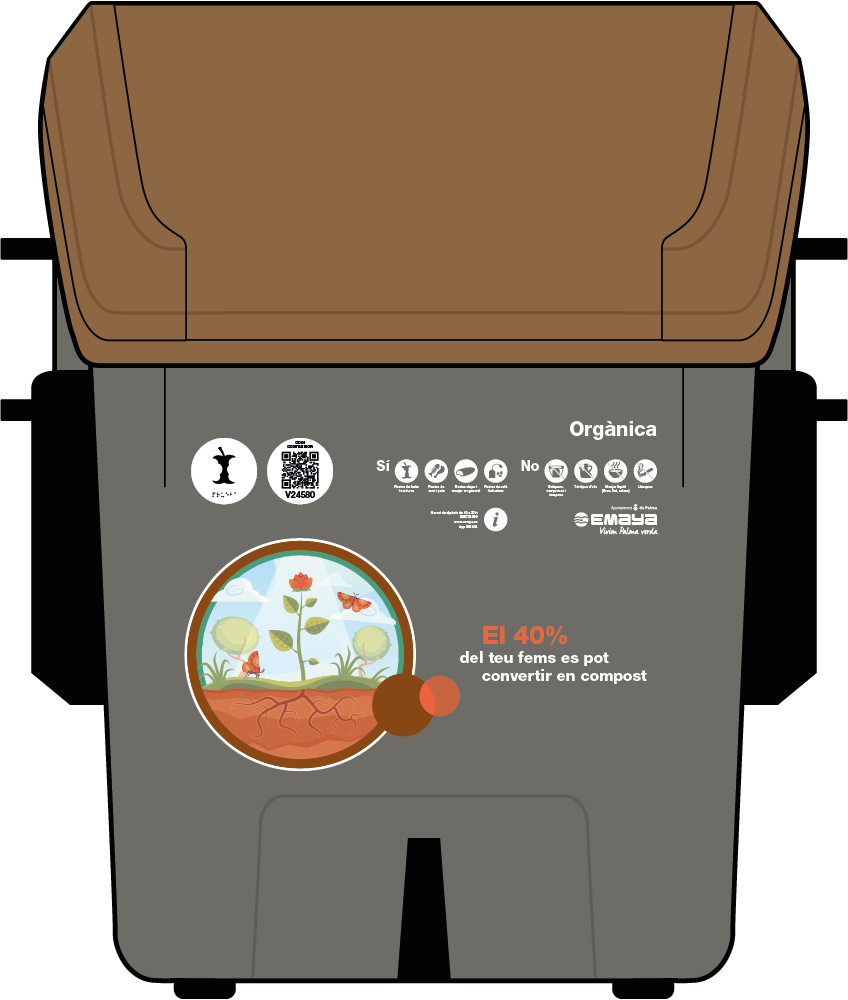
Excluding Palma, 80% of Mallorca has door-to-door selective collection, a system that includes organic waste (brown bin). Out of every 100 tonnes of organic waste, between 5 and 15, depending on the municipality, were waste discharge last year, very positive figures.
- Yes: food waste, expired or spoiled food, initially without packaging. Cork stoppers – plastic ones should be discharged.
- No: Prunings – they have their own flow -, paper and cardboard, nappies (they go to waste discharge and are the most common error).
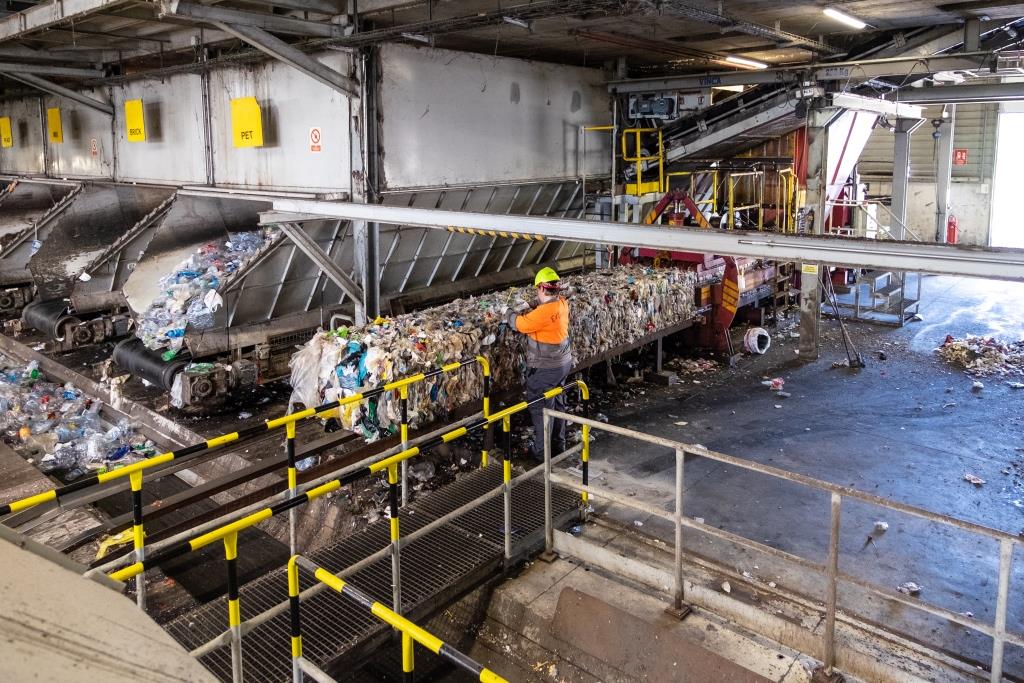

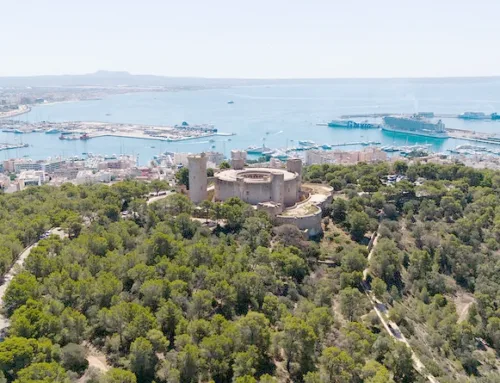
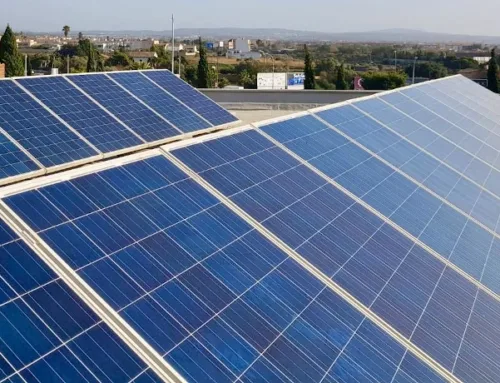
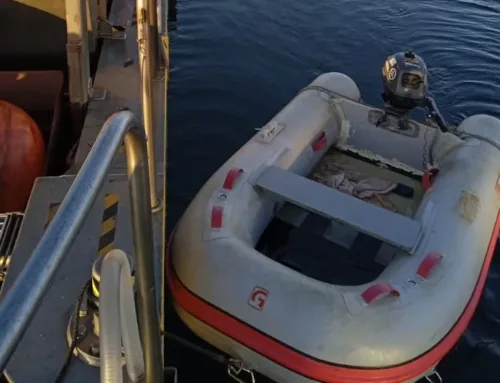
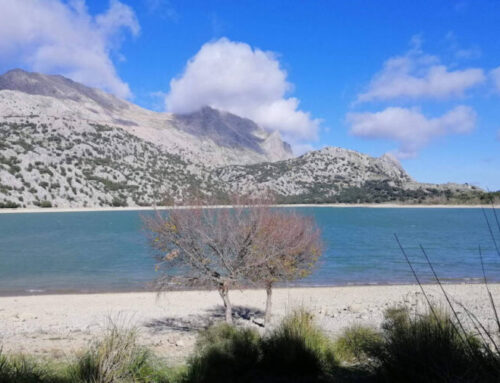
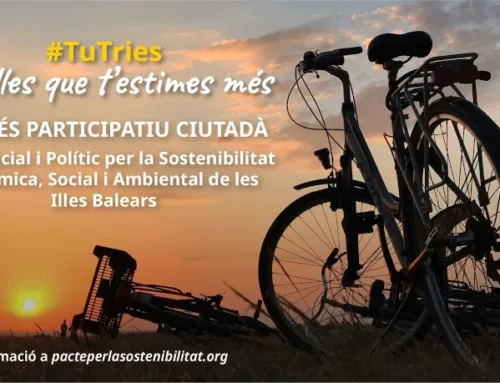

We Nos acabamos de mudar a la isla y vivimos en la zona de Banyalbufar y no sabemos dónde podemos tirar los residuos del jardín. por favor puedes ayudar.
Os recomendaríamos consultar con el Ayuntamiento o con Tirme, quien se encarga del reciclaje en Mallorca.